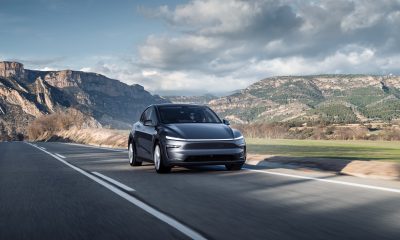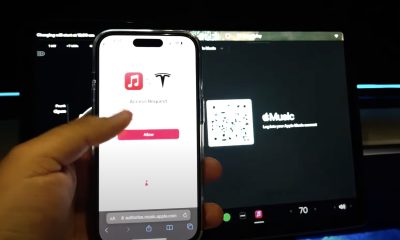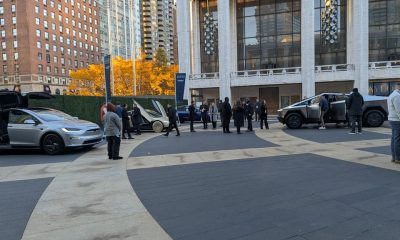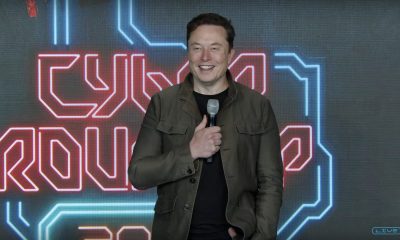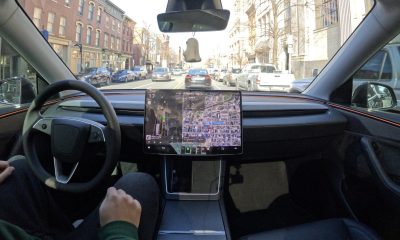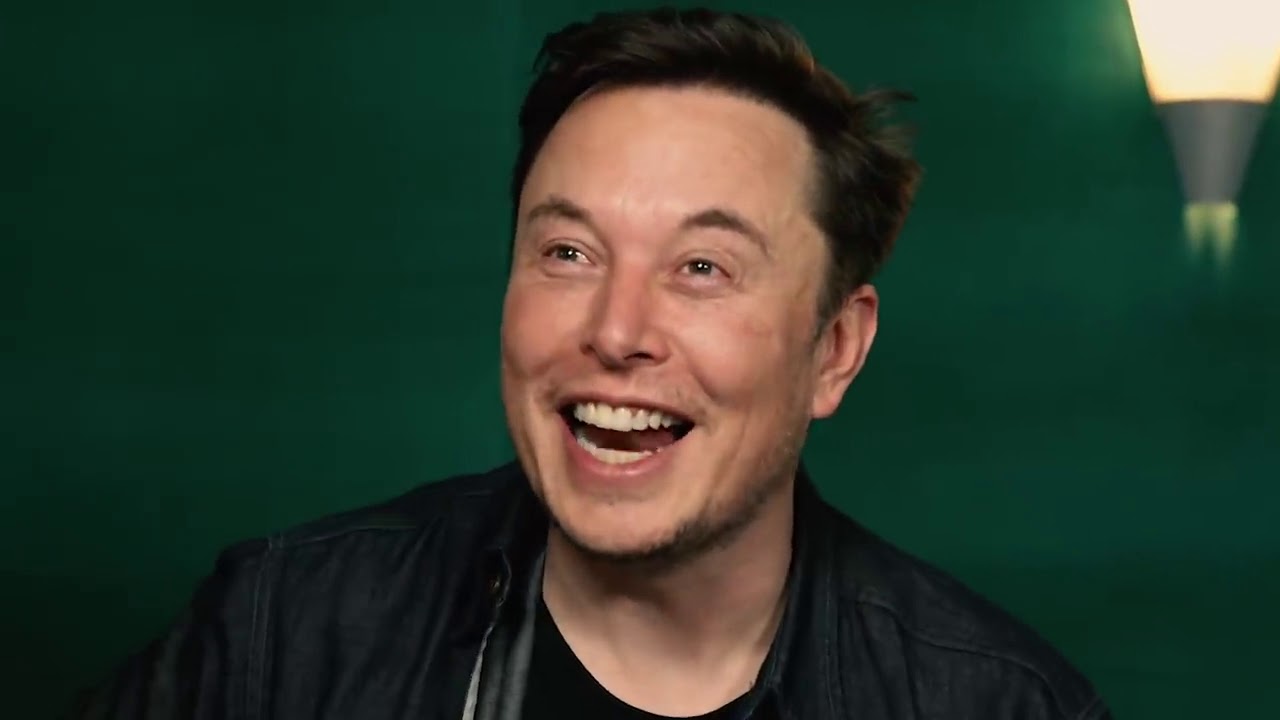
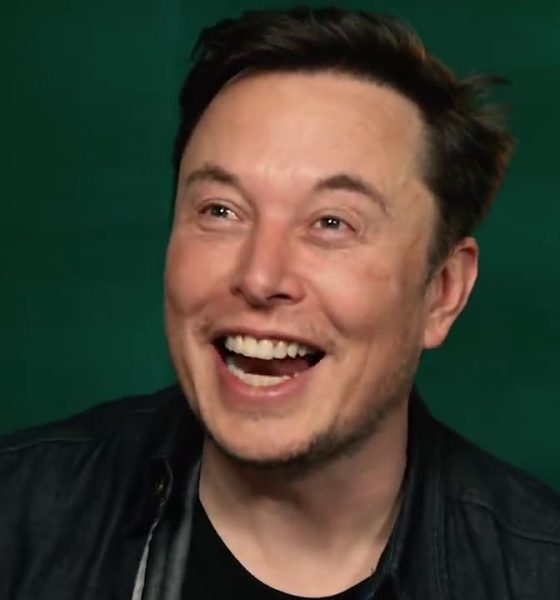
News
The White House finally admits they need Tesla and Elon Musk’s help
Last month, Tesla CEO Elon Musk met with Senior White House officials John Podesta and Mitch Landrieu to discuss the potential of expanding the automaker’s industry-leading charging network to include non-Tesla electric vehicles. The White House finally admitted they couldn’t push sustainability forward at the rate they’d like without Tesla and Musk.
Since the Biden Administration took over the White House, they have been slow to recognize the progress that both Tesla and Musk have contributed to the EV industry. Love him or hate him, Musk is a pioneer when it comes to passenger transportation. If it was not for him and Tesla, it is more than likely that EVs would not be as popular or relevant as they are today.
The details of the White House meeting between Musk, Podesta, and Landrieu remained under wraps until The Washington Post spoke to two people with knowledge of it. The sources explained that Tesla was open to potentially working with the Biden Administration on relinquishing exclusive access to its charging network and instead expanding it to include other EV manufacturers, whether they are legacy companies or startups.
Even still, Tesla did not completely commit to the idea. As I discussed yesterday, the Tesla Supercharger Network is one of the biggest (and, in my opinion, the biggest) advantages the company has. Everyone already knows that Tesla has a wide lineup of vehicles, it now has a commercial truck with the Semi, and it also is working toward launching the Cybertruck, its first pickup.
The 43,000+ Superchargers in the world, with many of them in the United States, offer reliability, consistency, and an excellent footprint that sprawls from high-traffic highways to even rural America. Many are situated near convenience stores, hotels, and other sources of entertainment.
But while Tesla has been building out its expansive network of charging piles, increasing manufacturing capacity, and disrupting the entire automotive sector, it has not won the recognition of the Commander in Chief. Instead, Biden has focused on other companies, like General Motors, and we all know the infamous “You did it, Mary” quote. Nothing against GM, they are making strides in their own right, but it is just plain unfair not to give Tesla and Musk the recognition they so much deserve.
The White House has put billions in government funding aside to help spur the use of sustainability. EVs are one of the biggest contributors to this effort, as most people will end up in a vehicle of some kind throughout their day. However, the White House has not loved mentioning Musk or Tesla by name specifically, and Musk has noticed. So have his biggest supporters.
Tesla’s absence from White House EV event sidestepped in Pete Buttigieg interview
But the Biden White House is reaching a breaking point. With Tesla contributing so much to the EV infrastructure and its goals of establishing 500,000 new EV charging stations in the U.S. market, it is time to swallow the pride that the administration has shown and just ask Tesla if they’d consider it. It finally happened, and the ball now lies in Tesla’s court.
Numerous things have happened that point in the direction of Tesla potentially opening the Supercharger Network to competitors. First, Tesla has been testing the idea through a Pilot Program in Europe. It is open in fifteen countries, the most recent being Italy, which Tesla added in November. It also recently expanded to Australia.
Next, the White House said last year that Tesla would “begin production of new Supercharger equipment that will enable non-Tesla EV drivers in North America to use Tesla Superchargers.”
Finally, Tesla leaked details on what it calls “the Magic Dock” earlier this year in its smartphone app. This showed a potential CCS-compatible connector being added to Supercharger piles, enabling other EVs to charge.
It is a big decision because there is a slice of $7.5 billion at stake here, which Tesla could utilize for its own charging capabilities. To qualify for it, however, the company has to enable other EVs to charge at its Superchargers.
I’d love to hear from you! If you have any comments, concerns, or questions, please email me at joey@teslarati.com. You can also reach me on Twitter @KlenderJoey, or if you have news tips, you can email us at tips@teslarati.com.

News
Tesla rolls out most aggressive Model Y lease deal in the US yet
With the promotion in place, customers would be able to take home a Model Y at a very low cost.
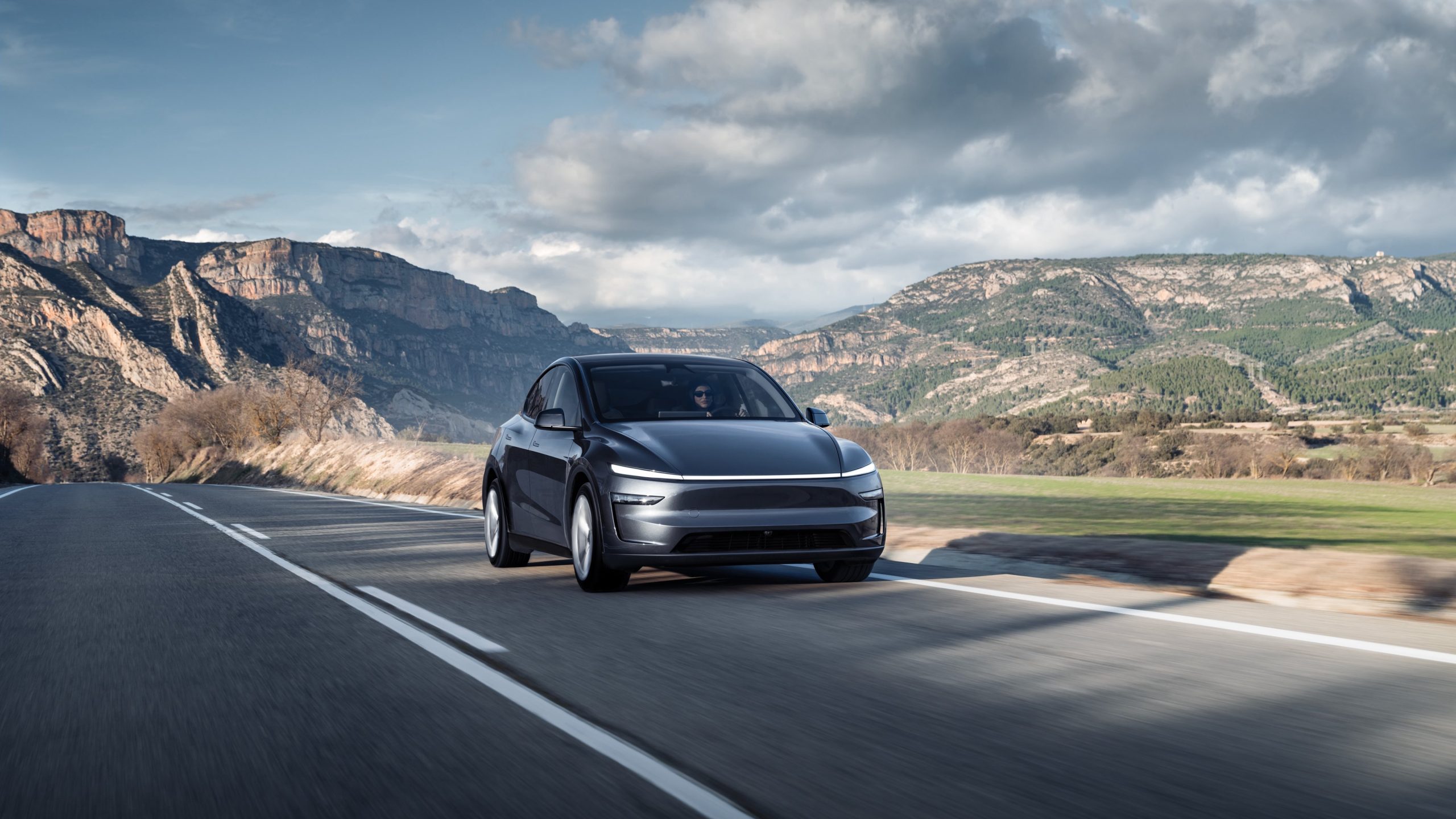
Tesla has rolled out what could very well be its most aggressive promotion for Model Y leases in the United States yet. With the promotion in place, customers would be able to take home a Model Y at a very low cost.
Zero downpayment leases
The new Model Y lease promotion was initially reported on X, with industry watcher Sawyer Merritt stating that while the vehicles’ monthly payments are still similar to before, the cars can now be ordered with a $0 downpayment.
Tesla community members noted that this promotion would cut the full payment cost of Model Y leases by several thousand dollars, though prices were still a bit better when the $7,500 federal tax credit was still in effect. Despite this, a $0 downpayment would likely be appreciated by customers, as it lowers the entry point to the Tesla ecosystem by a notable margin.
Premium freebies included
Apart from a $0 downpayment, customers of Model Y leases are also provided one free upgrade for their vehicles. These upgrades could be premium paint, such as Pearl White Multi-Coat, Deep Blue Metallic, Diamond Black, Quicksilver or Ultra Red, or 20″ Helix 2.0 Wheels. Customers could also opt for a White Interior or a Tow Hitch free of charge.
A look at Tesla’s Model Y order page shows that the promotion is available for all the Model Y Premium Rear-Wheel Drive and the Model Y Premium All-Wheel Drive. The Model Y Standard and the Model Y Performance are not eligible for the $0 downpayment or free premium upgrade promotion as of writing.
@teslarati 🚨 Tesla Full Self-Driving v14.1.7 is here and here’s some things it did extremely well! #tesla #teslafsd #fullselfdriving ♬ You Have It – Marscott
News
Tesla is looking to phase out China-made parts at US factories: report
Tesla has reportedly swapped out several China-made components already, aiming to complete the transition within the next two years.

Tesla has reportedly started directing its suppliers to eliminate China-made components from vehicles built in the United States. This would make Tesla’s US-produced vehicles even more American-made.
The update was initially reported by The Wall Street Journal.
Accelerating North American sourcing
As per the WSJ report, the shift reportedly came amidst escalating tariff uncertainties between Washington and Beijing. Citing people reportedly familiar with the matter, the publication claimed that Tesla has already swapped out several China-made components, aiming to complete the transition within the next two years. The publication also claimed that Tesla has been reducing its reliance on China-based suppliers since the pandemic disrupted supply chains.
The company has quietly increased North American sourcing over the past two years as tariff concerns have intensified. If accurate, Tesla would likely end up with vehicles that are even more locally sourced than they are today. It would remain to be seen, however, if a change in suppliers for its US-made vehicles would result in price adjustments for cars like the Model 3 and Model Y.
Industry-wide reassessments
Tesla is not alone in reevaluating its dependence on China. Auto executives across the automotive industry have been in rapid-response mode amid shifting trade policies, chip supply anxiety, and concerns over rare-earth materials. Fluctuating tariffs between the United States and China during President Donald Trump’s current term have made pricing strategies quite unpredictable as well, as noted in a Reuters report.
General Motors this week issued a similar directive to thousands of suppliers, instructing them to remove China-origin components from their supply chains. The same is true for Stellantis, which also announced earlier this year that it was implementing several strategies to avoid tariffs that were placed by the Trump administration.
@teslarati 🚨 Tesla Full Self-Driving v14.1.7 is here and here’s some things it did extremely well! #tesla #teslafsd #fullselfdriving ♬ You Have It – Marscott
News
Tesla owners propose interesting theory about Apple CarPlay and EV tax credit
“100%. It’s needed for sales because for many prospective buyers, CarPlay is a nonnegotiable must-have. If they knew how good the Tesla UI is, they wouldn’t think they need CarPlay,” one owner said.
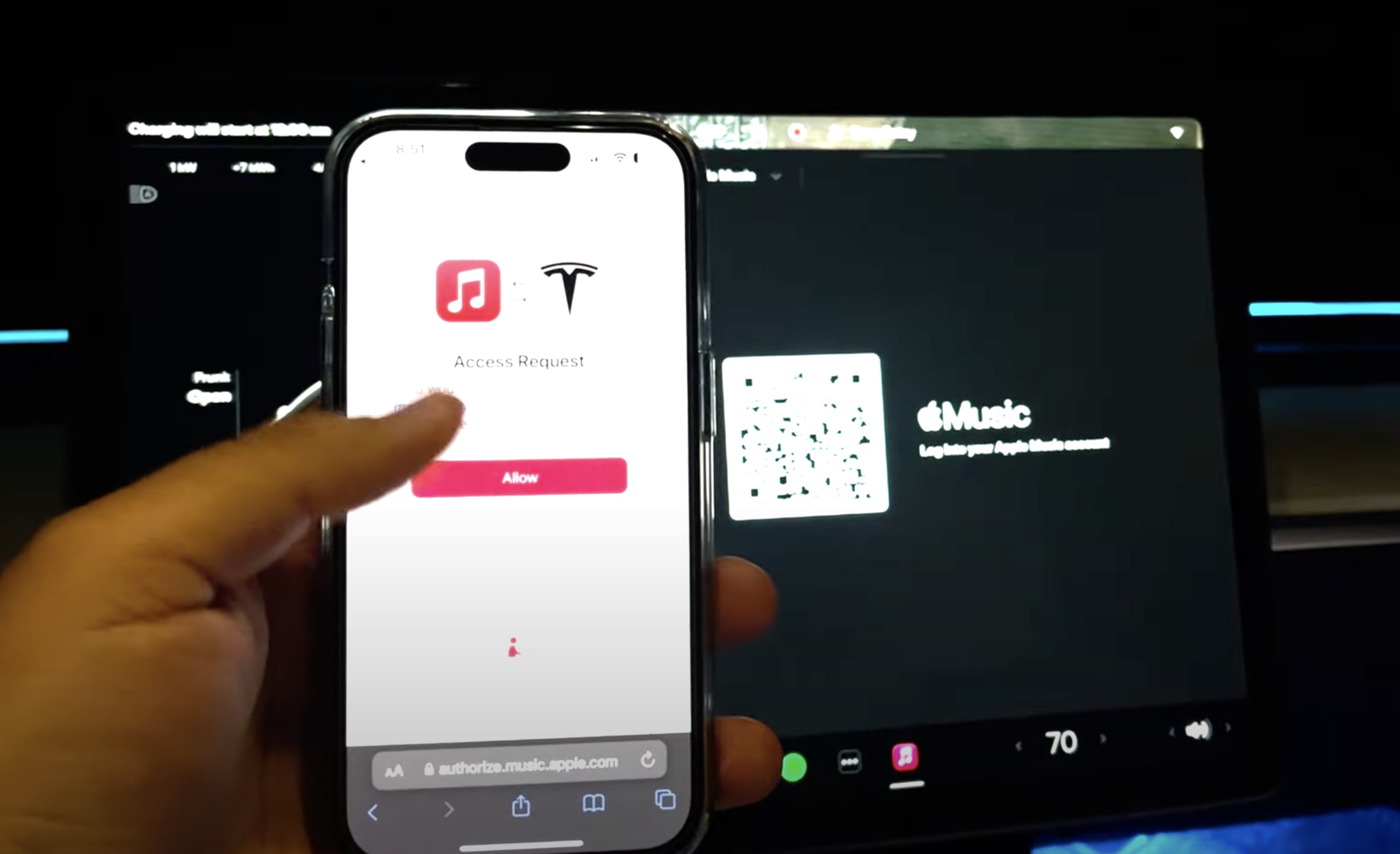
Tesla is reportedly bracing for the integration of Apple’s well-known iOS automotive platform, CarPlay, into its vehicles after the company had avoided it for years.
However, now that it’s here, owners are more than clear that they do not want it, and they have their theories about why it’s on its way. Some believe it might have to do with the EV tax credit, or rather, the loss of it.
Owners are more interested in why Tesla is doing this now, especially considering that so many have been outspoken about the fact that they would not use it in favor of the company’s user interface (UI), which is extremely well done.
After Bloomberg reported that Tesla was working on Apple CarPlay integration, the reactions immediately started pouring in. From my perspective, having used both Apple CarPlay in two previous vehicles and going to Tesla’s in-house UI in my Model Y, both platforms definitely have their advantages.
However, Tesla’s UI just works with its vehicles, as it is intuitive and well-engineered for its cars specifically. Apple CarPlay was always good, but it was buggy at times, which could be attributed to the vehicle and not the software, and not as user-friendly, but that is subjective.
Nevertheless, upon the release of Bloomberg’s report, people immediately challenged the need for it:
Everyone thinks they need it. I would think that too if I didn’t know how good Tesla’s interface was. CarPlay is a crappy layer on top of crappy info-navs, and people think it’s an imperative because it provides a level of consistency from car to car. They have no clue how much…
— Rich Stafford (@r26174_rich) November 14, 2025
How can it not be when the best engineers choose Tesla over Apple and Tesla’s core focus is auto vs Apple being mobile. It’s what Tesla does every day. It’s a side project for Apple. Still Apple is much better than any other auto OEM who attract lesser talent and make digital…
— Emu (@confessedemu) November 14, 2025
Some fans proposed an interesting point: What if Tesla is using CarPlay as a counter to losing the $7,500 EV tax credit? Perhaps it is an interesting way to attract customers who have not owned a Tesla before but are more interested in having a vehicle equipped with CarPlay?
“100%. It’s needed for sales because for many prospective buyers, CarPlay is a nonnegotiable must-have. If they knew how good the Tesla UI is, they wouldn’t think they need CarPlay,” one owner said.
Tesla has made a handful of moves to attract people to its cars after losing the tax credit. This could be a small but potentially mighty strategy that will pull some carbuyers to Tesla, especially now that the Apple CarPlay box is checked.
@teslarati :rotating_light: This is why you need to use off-peak rates at Tesla Superchargers! #tesla #evcharging #fyp ♬ Blue Moon – Muspace Lofi
-

 News1 week ago
News1 week agoTesla shares rare peek at Semi factory’s interior
-

 Elon Musk1 week ago
Elon Musk1 week agoTesla says texting and driving capability is coming ‘in a month or two’
-
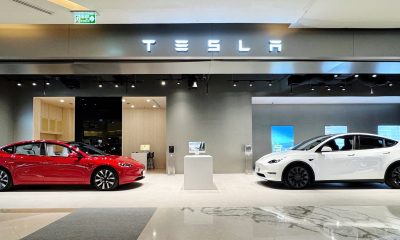
 News1 week ago
News1 week agoTesla makes online ordering even easier
-
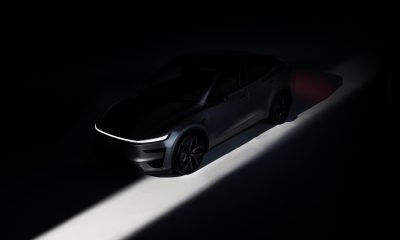
 News1 week ago
News1 week agoTesla Model Y Performance set for new market entrance in Q1
-
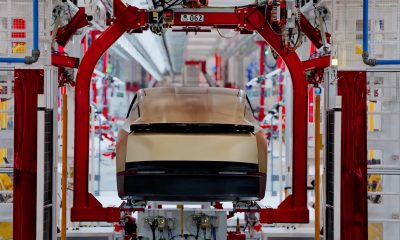
 News1 week ago
News1 week agoTesla Cybercab production starts Q2 2026, Elon Musk confirms
-
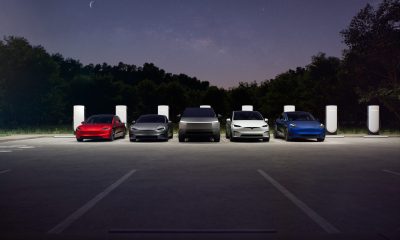
 News6 days ago
News6 days agoTesla is launching a crazy new Rental program with cheap daily rates
-
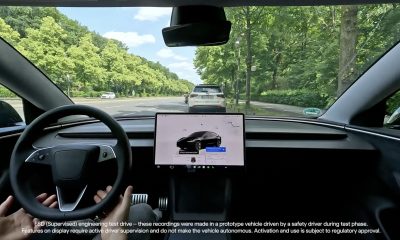
 News1 week ago
News1 week agoTesla China expecting full FSD approval in Q1 2026: Elon Musk
-
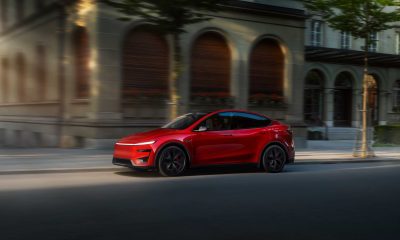
 News1 week ago
News1 week agoTesla Model Y Performance is rapidly moving toward customer deliveries
